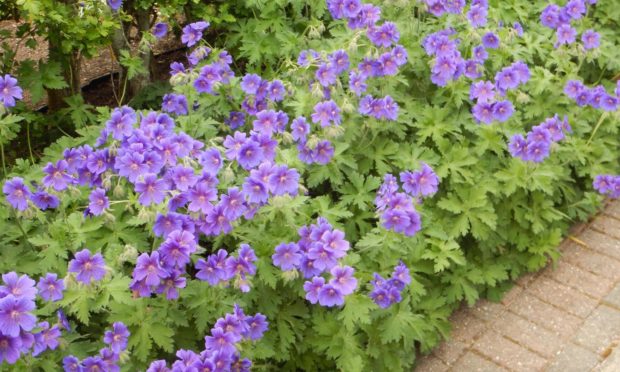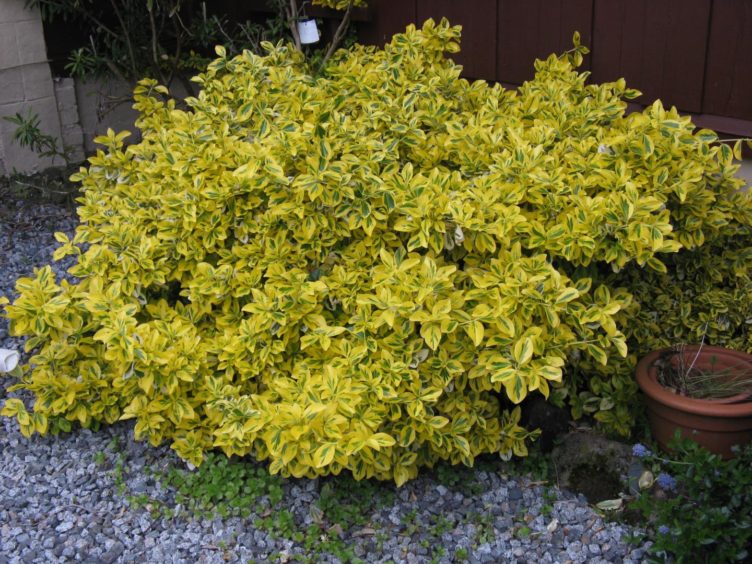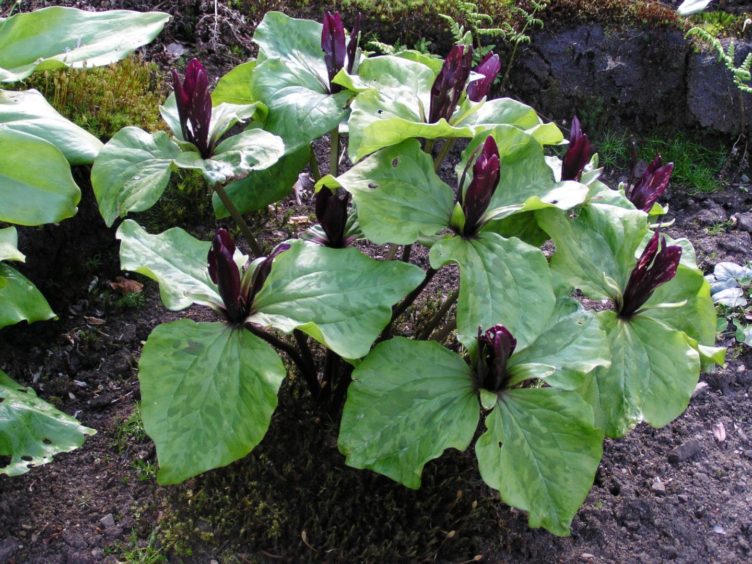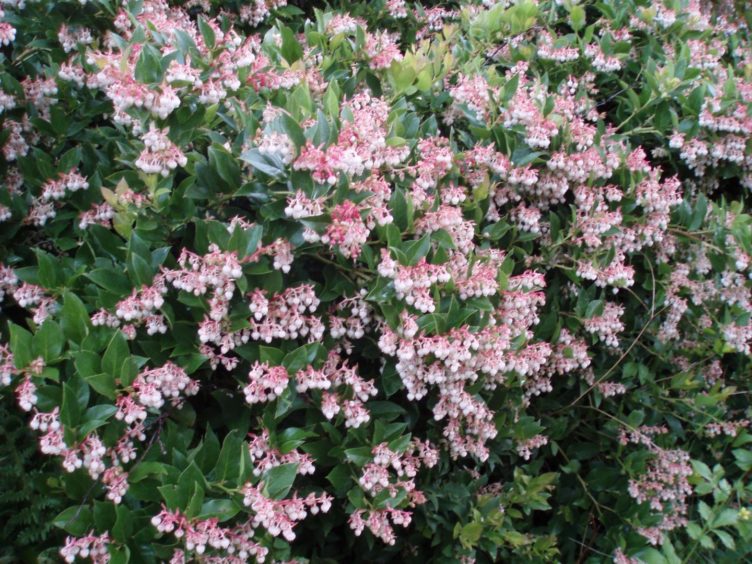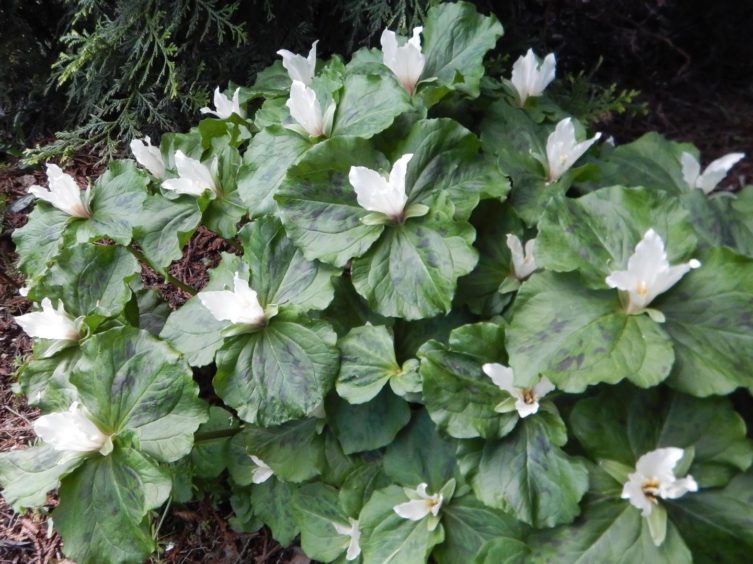Here we are within a week or two of the longest day and a significant bit of planting still to be done.
Is this a sign of the future? It may well be, and gardeners, as they have done through the ages, will simply adapt and get on with it.
To make matters worse, almost on a daily basis, the newspapers are carrying reports of the problems already lying ahead of us. Last week came word from the James Hutton Institute about a dastardly disease attacking commercial cherry plantings, called the June Drop, caused by Pseudomonas fungus.
To my mind, there were two elements missing from that report which might ease the mind of local cherry growers. Firstly, there has always been a June Drop. It is caused by the weather at pollination time. Perfect weather for the insects to be on the move and as a result, an over-abundance of fruit is set, the plant can’t cope and come June or thereabouts a percentage of the young developing fruits will be shed.
Methinks the June Drop caused by Pseudomonas in this part of the world will be on commercial crops grown in polytunnels, not outside. That is on my list of “things to find out” and I’ll keep you posted.
Do your homework
Here’s another technical botanical tale for you, just to keep the pot boiling. From time to time I have suggested that, before you fall in love with a “must-have” plant you’ve seen advertised, do your homework. Check out its availability through your usual garden centre. It would not be unreasonable to assume that some of the options on almost daily display have been raised in nurseries in mainland Europe and therein lies an interesting story.
I’ve just been reading a book called A Natural History of the Hedgerow by John Wright. Fascinating stuff, taking us back to how, why and where hedges were planted. Without a shadow of doubt, the most common plant used for the purpose is the Hawthorn – Crataegus monogyna.
In a comparatively recent scientific report, 80% of the hawthorn plants supplied by the trade in 1997 came from seed originating in Germany or Hungary. So what, the plants were grown in the UK. These plants of foreign provenance when compared with indigenous stock were more prone to attack from Mildew, they didn’t branch as well and they didn’t have nearly as many thorns as our true native hedges. In other words the native plants did the hedging job rather more effectively, and there’s more. Native plants flowered and fruited at the right time compared to the plants raised from foreign seeds so they avoided frosts, thus providing reliable supplies of food for the birds.
That might seem to be an obscure observation, but just hang on to the fact about the Mildew and the Ash dieback. Another dastardly disease Fire Blight came into this country on plant material; the Flatworm arrived in the UK from foreign parts on plant material or more obviously, on the soil sticking to the plant roots.
Plants for a Shady Garden
Now to the more down to earth question of the week. The general title might be “Plants for a Shady Garden”. I’m sure there must be books on this subject but let me mention a few which I have found to be successful in such locations.
Firstly, however, a word or two about the growing conditions. Quite obviously, there is nothing that will tolerate constant dense shade say, close under the foliage of a large conifer, but who would want to put anything in there anyway, you would never see it.
We are talking about areas of the garden which are lightly shaded often by buildings, for part of the day as the sun tracks across the sky. There is a good range of plants suitable for these situations but there is another important element to consider – the soil.
Firstly, is there a reasonable depth? Is it heavy or light, wet or dry? Once you have the conditions sorted in your mind you can turn to suitable plants.
Some of the plants on my list, having gardened in Ayrshire, Berkshire, Shropshire and Aberdeenshire, will be grown for their foliage because generally, vivacious and abundant flowering is associated with good light, though NOT exclusively. Here is a selection of my favourites
Plants for shade where the soil is quite moist would include Berberis and there is a wide range in flower right now, berries later. It is a thorny devil and may not suit where there are young children. Yellow or orange flowers, some with glossy evergreen holly-like foliage.
Another, much smaller shrub is Gaultheria. It has pink or white flowers and little berries (tasteless but harmless) and where the soil is acid – Rhododendrons and Azaleas are quite happy with sizes ranging from small alpine-like plants to massive shrubs. My choice for herbaceous plants include Lady’s Mantle (Alchemilla) which can be slightly invasive, Hostas and Trilliums and of course, some of our bulbs – snowdrops will thrive in such conditions.
Where the soil is likely to be drier, top of my list would be Euonymus, a small evergreen shrub with numerous varieties, including some gorgeous variegated forms. Hypericum, with buttercup yellow flowers, is another reliable small shrub, “Hidcote” is my favourite variety.
There are some cracking herbaceous sorts which will tolerate a bit of shade. Top of my list would be the Anemone family with a close second being the hardy Geraniums.
There are various varietal selections which should not be confused with the Geranium we use for summer bedding display – don’t get me started on them.
Bulbs which will tolerate drier conditions include the Aconites and Bluebells.
